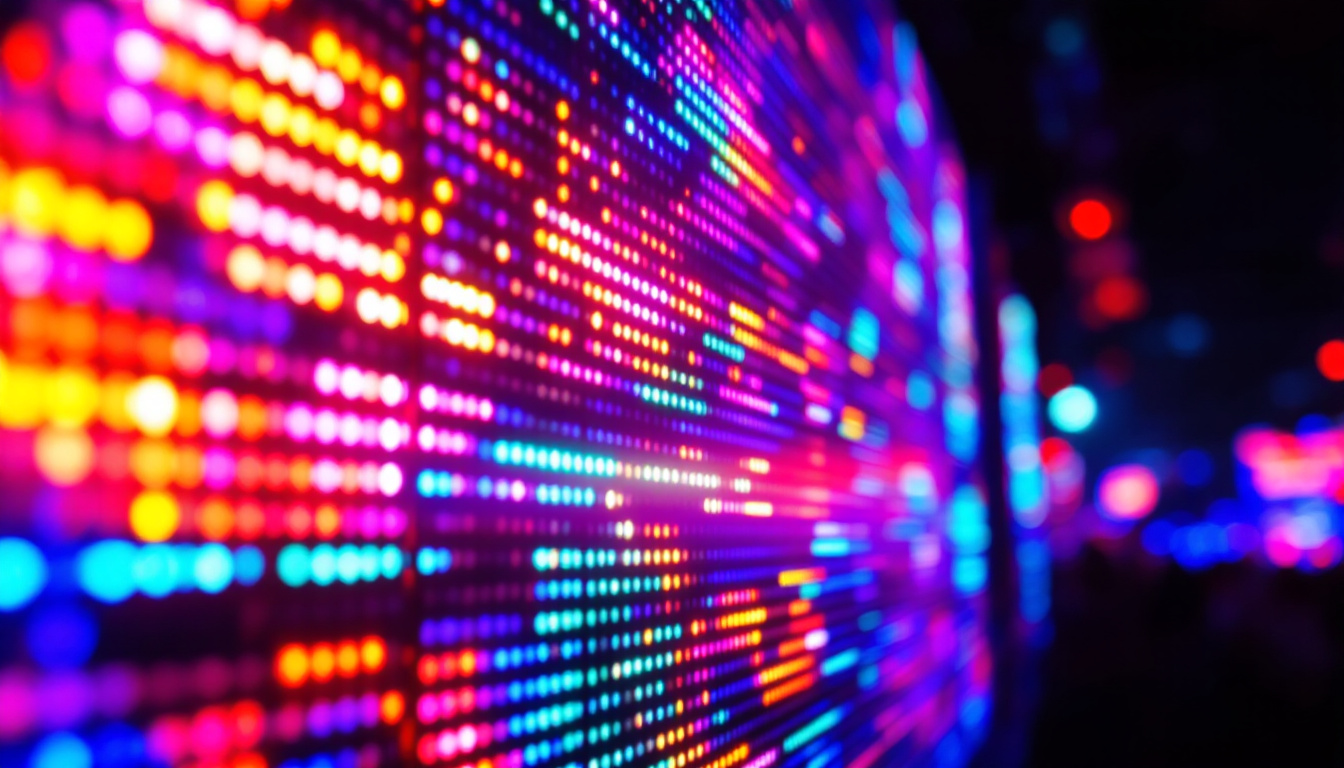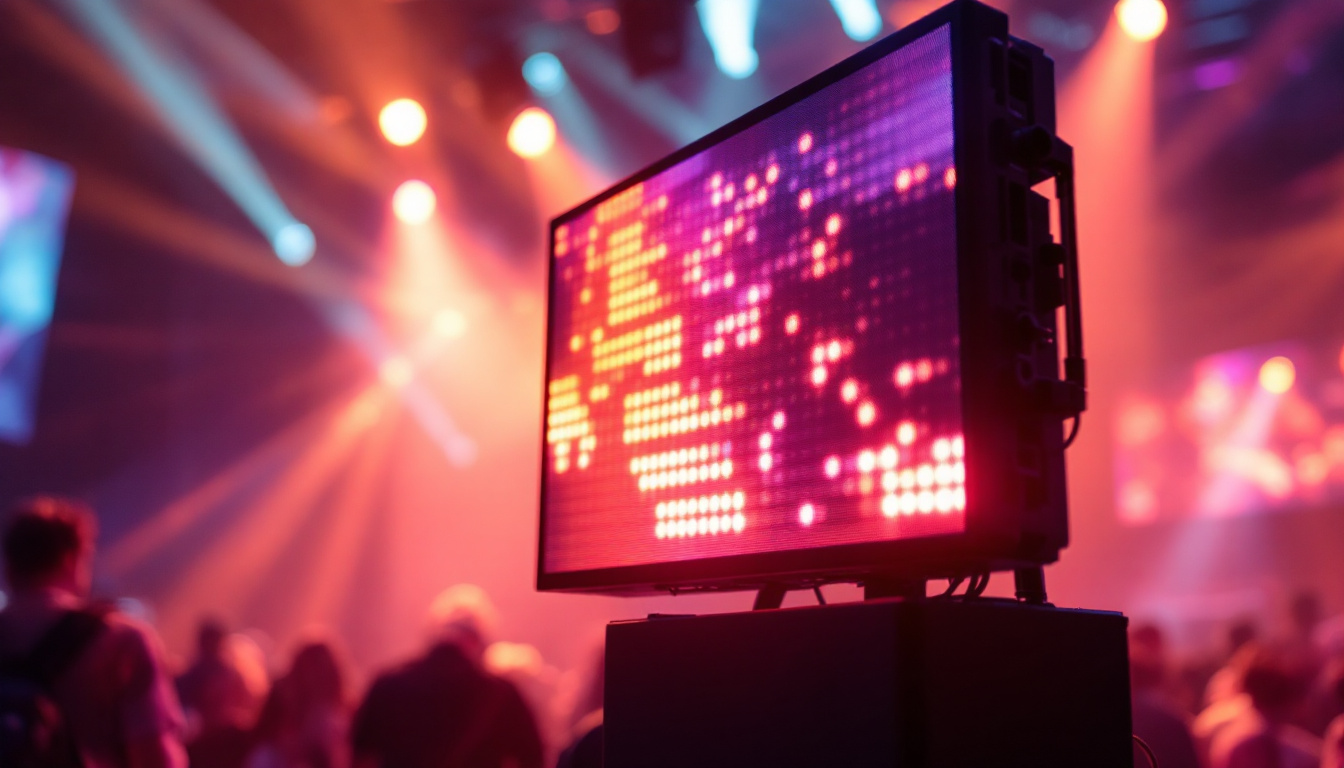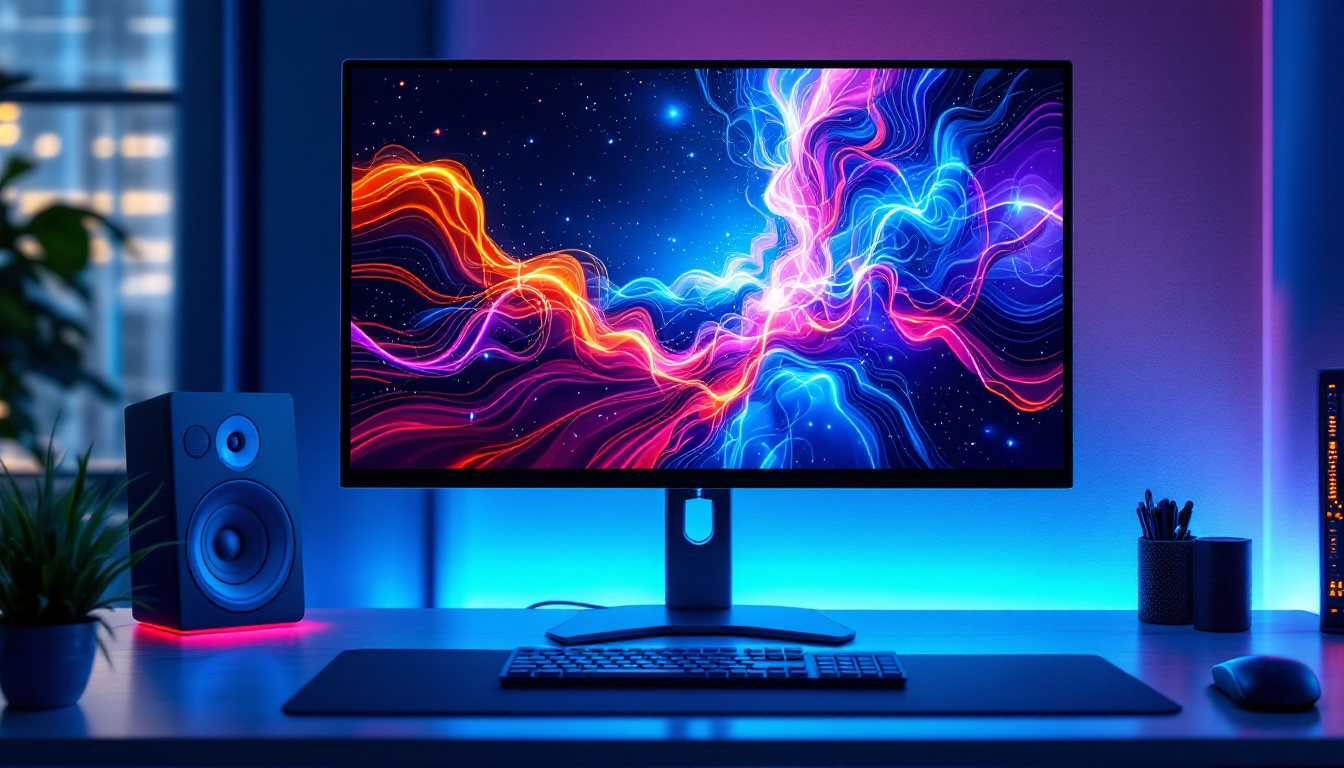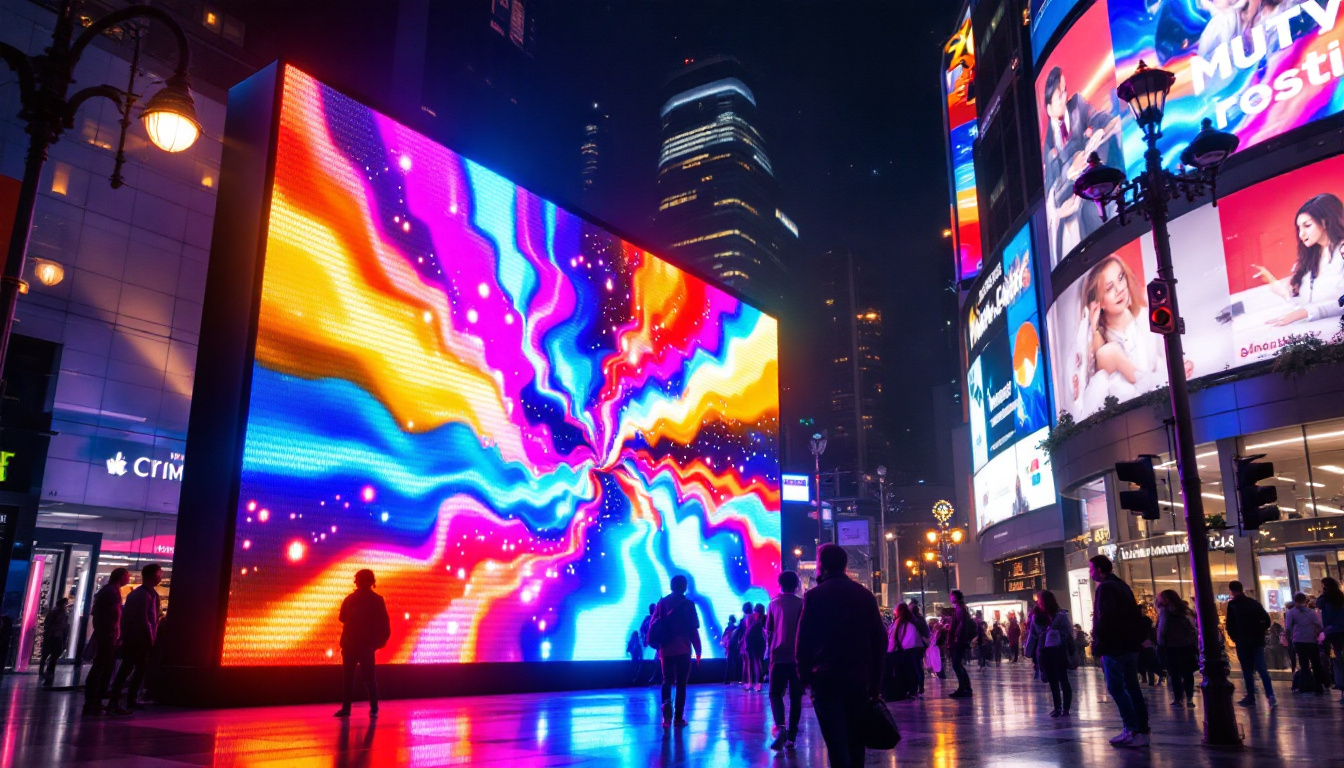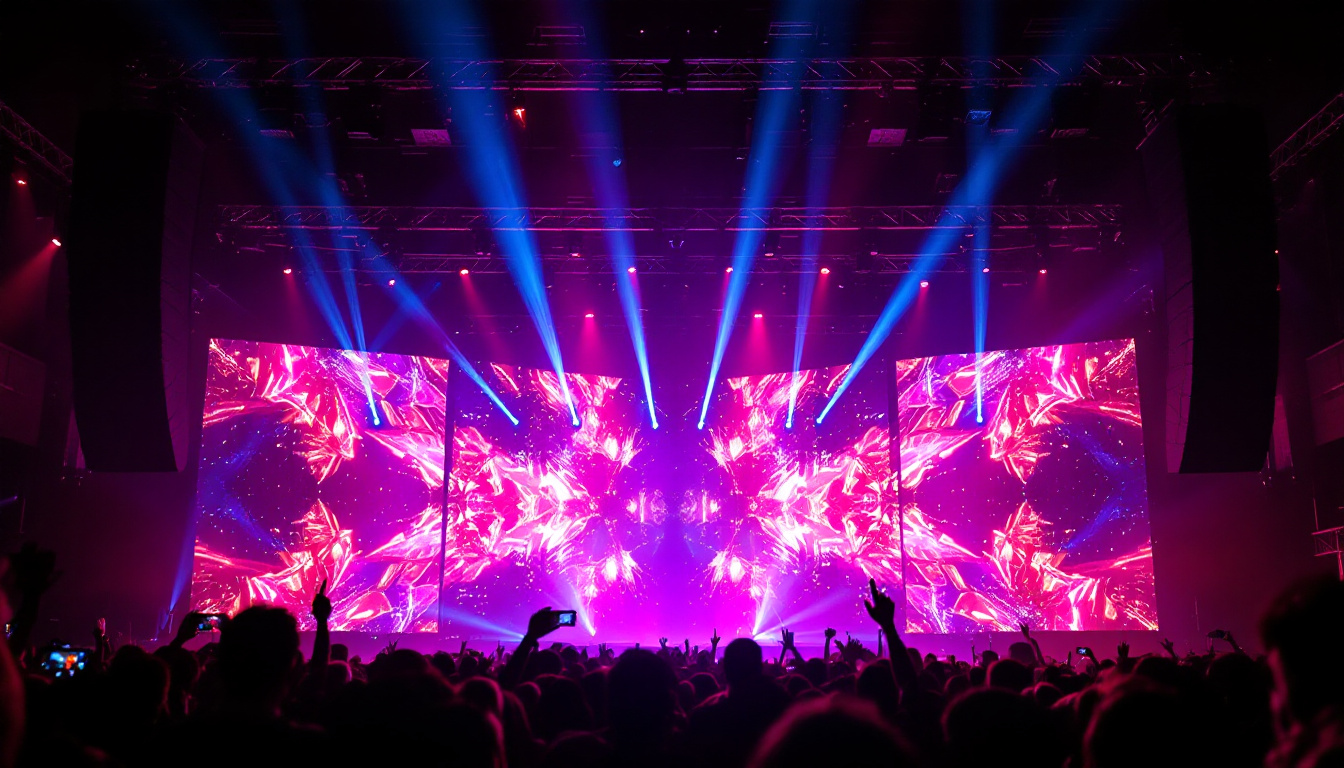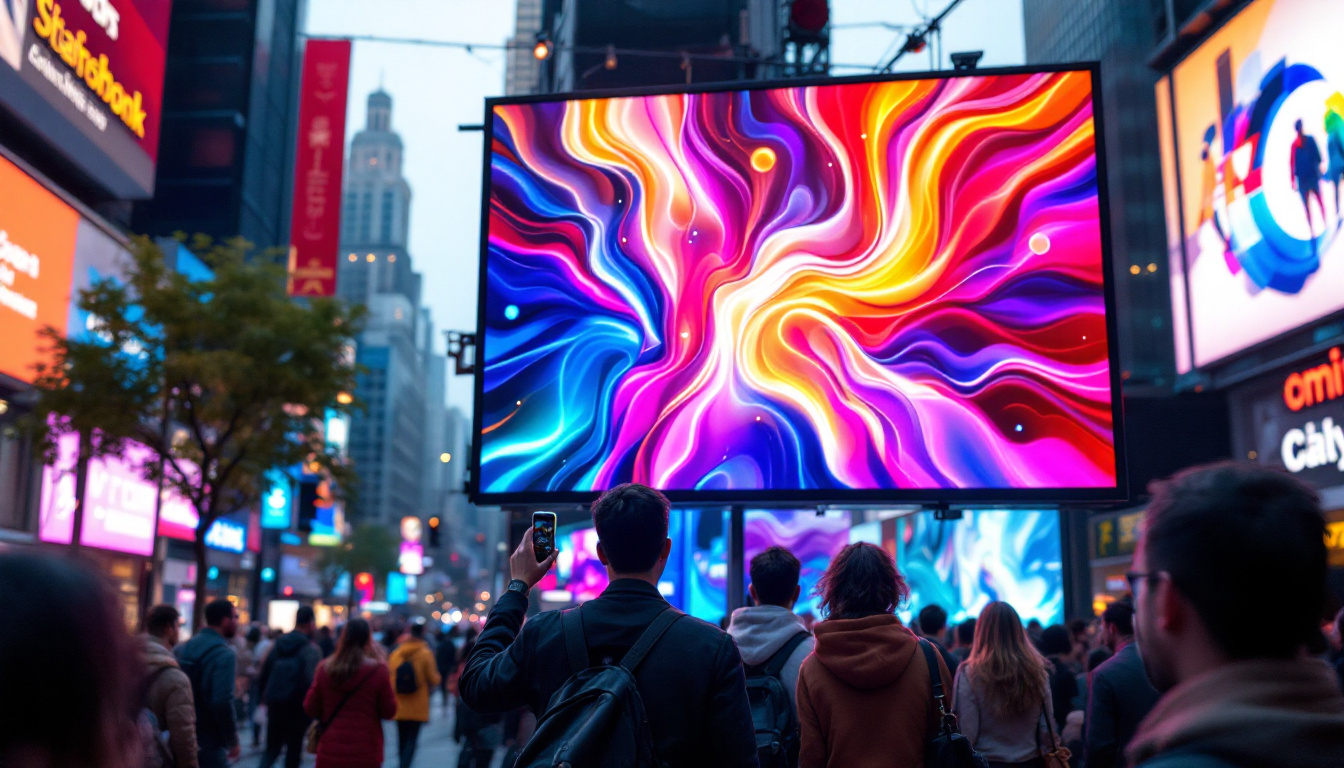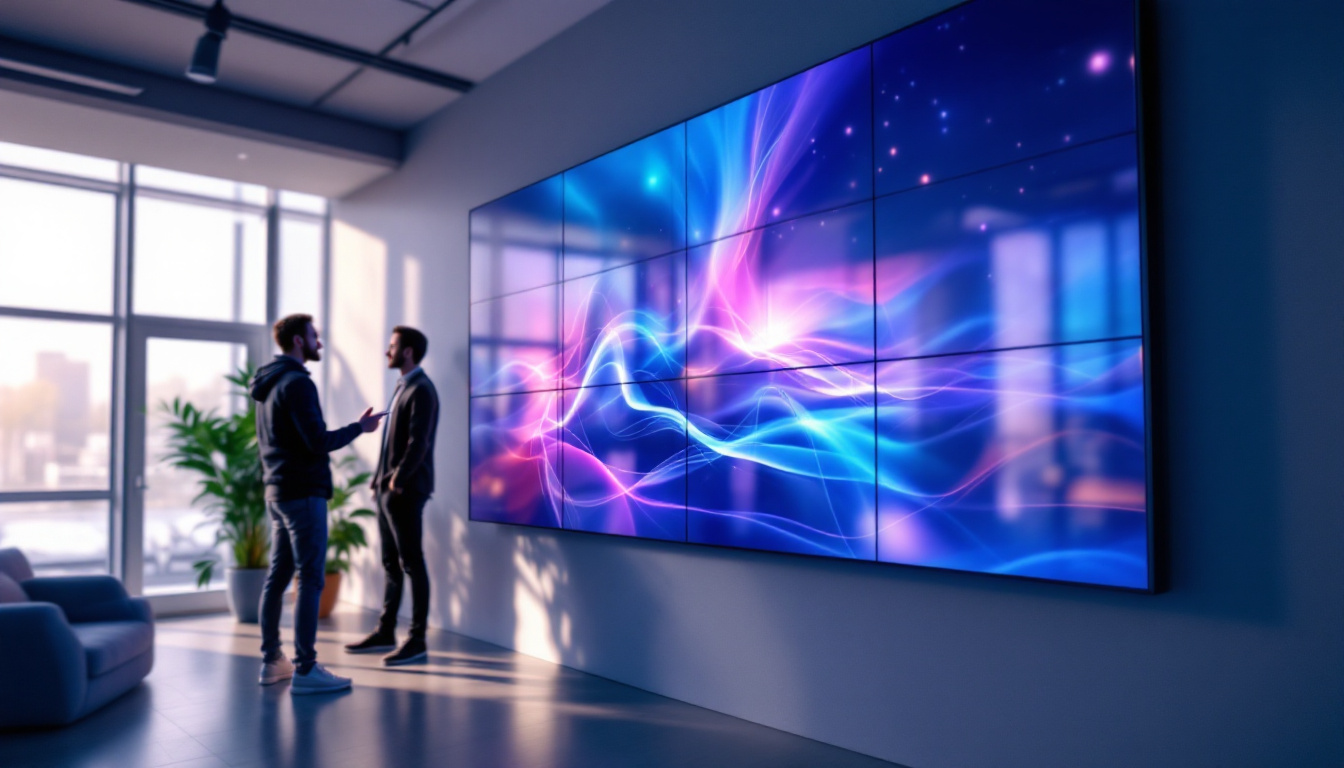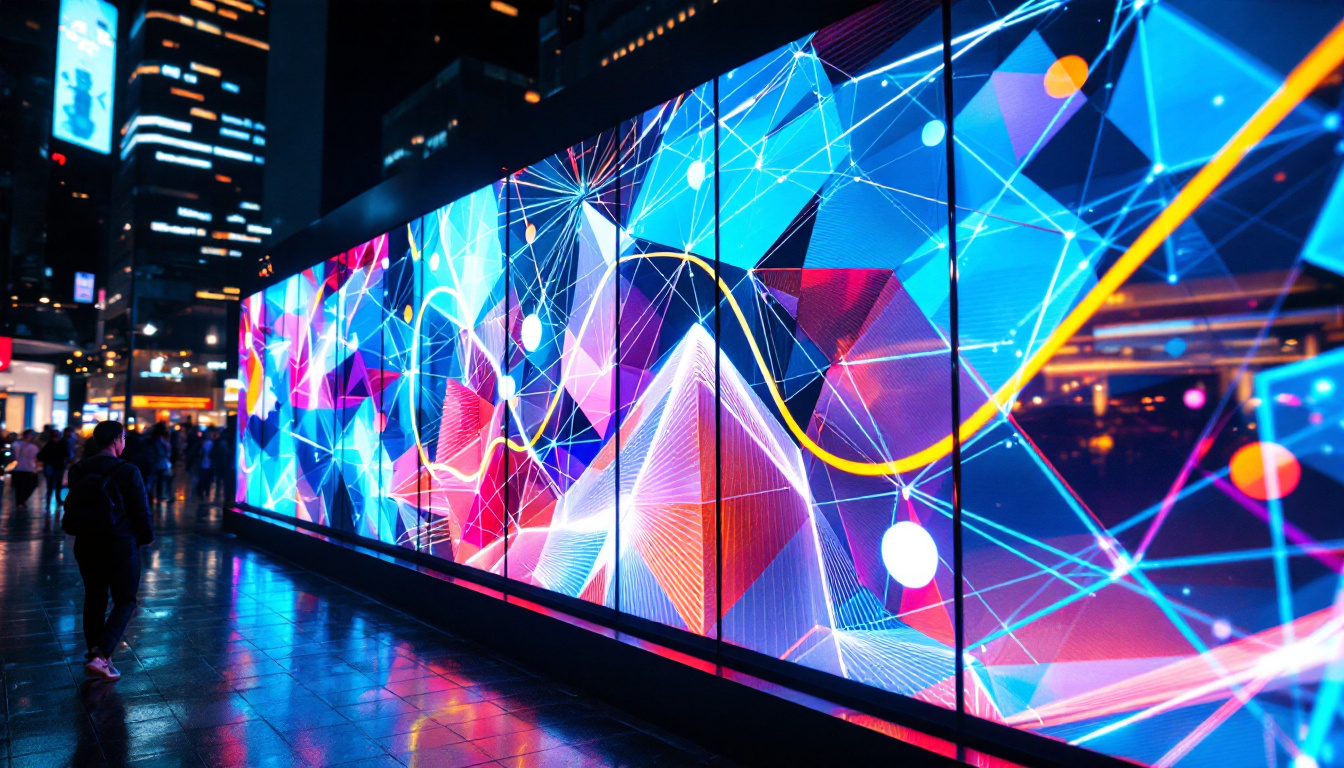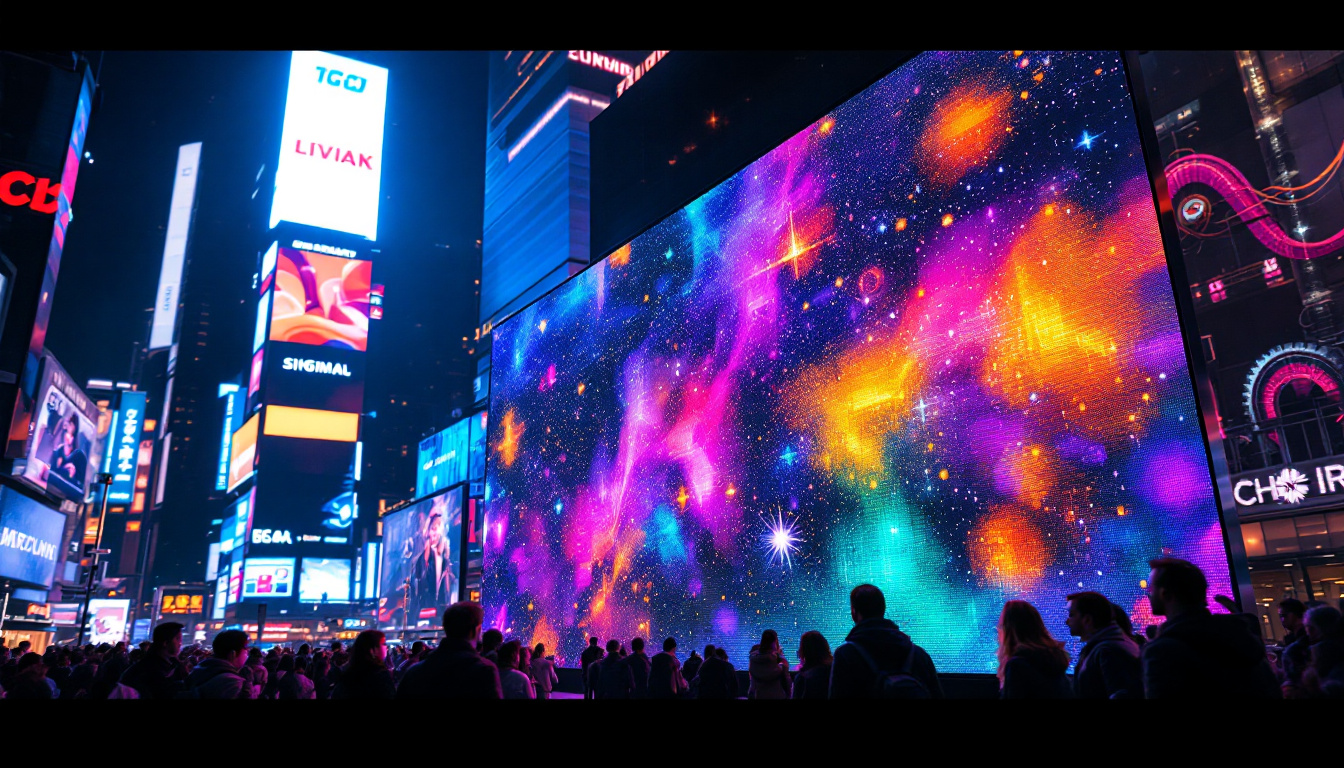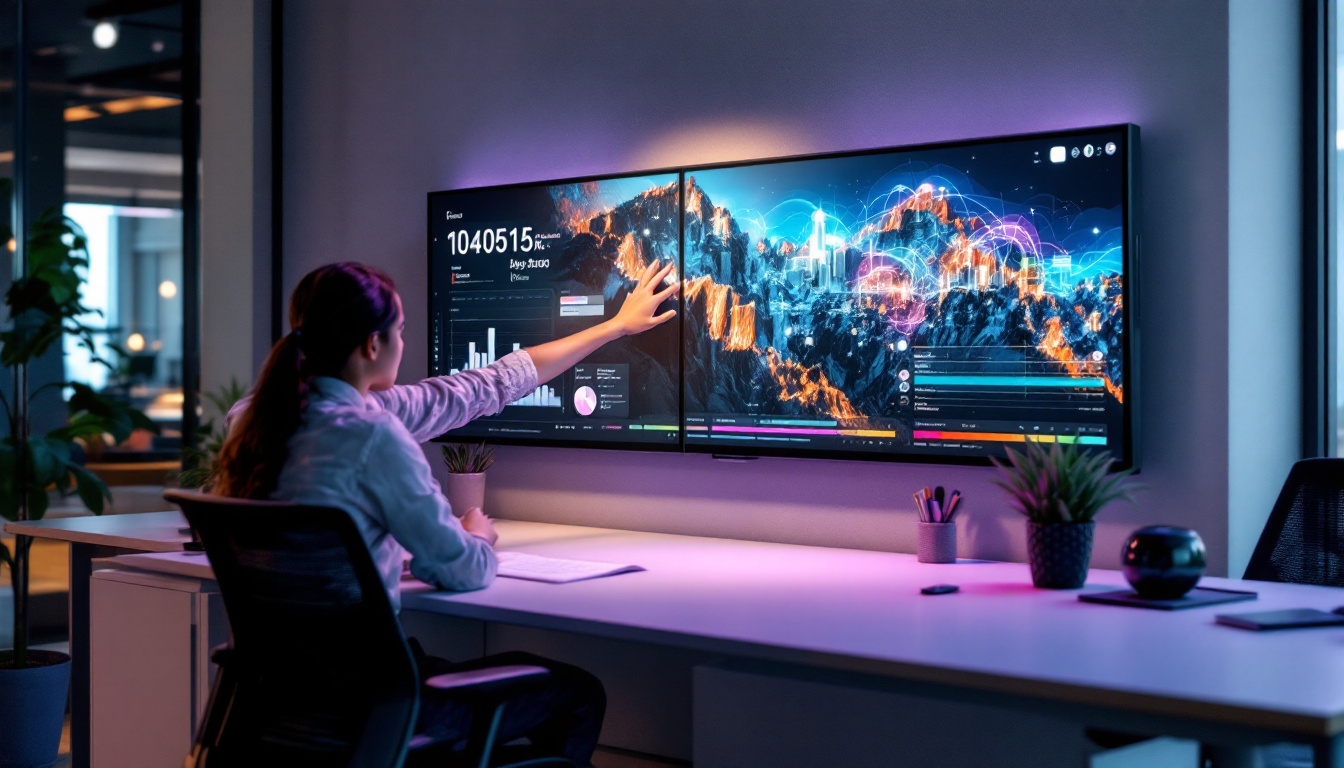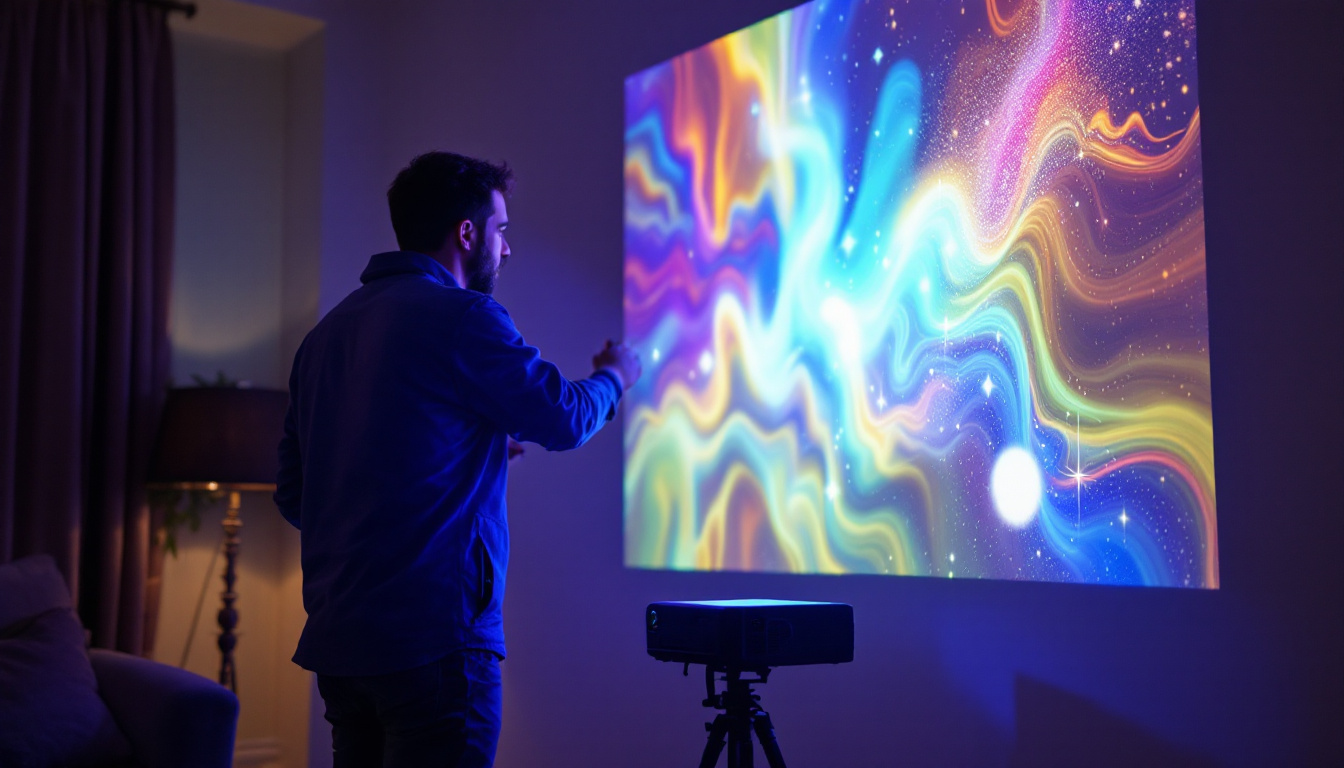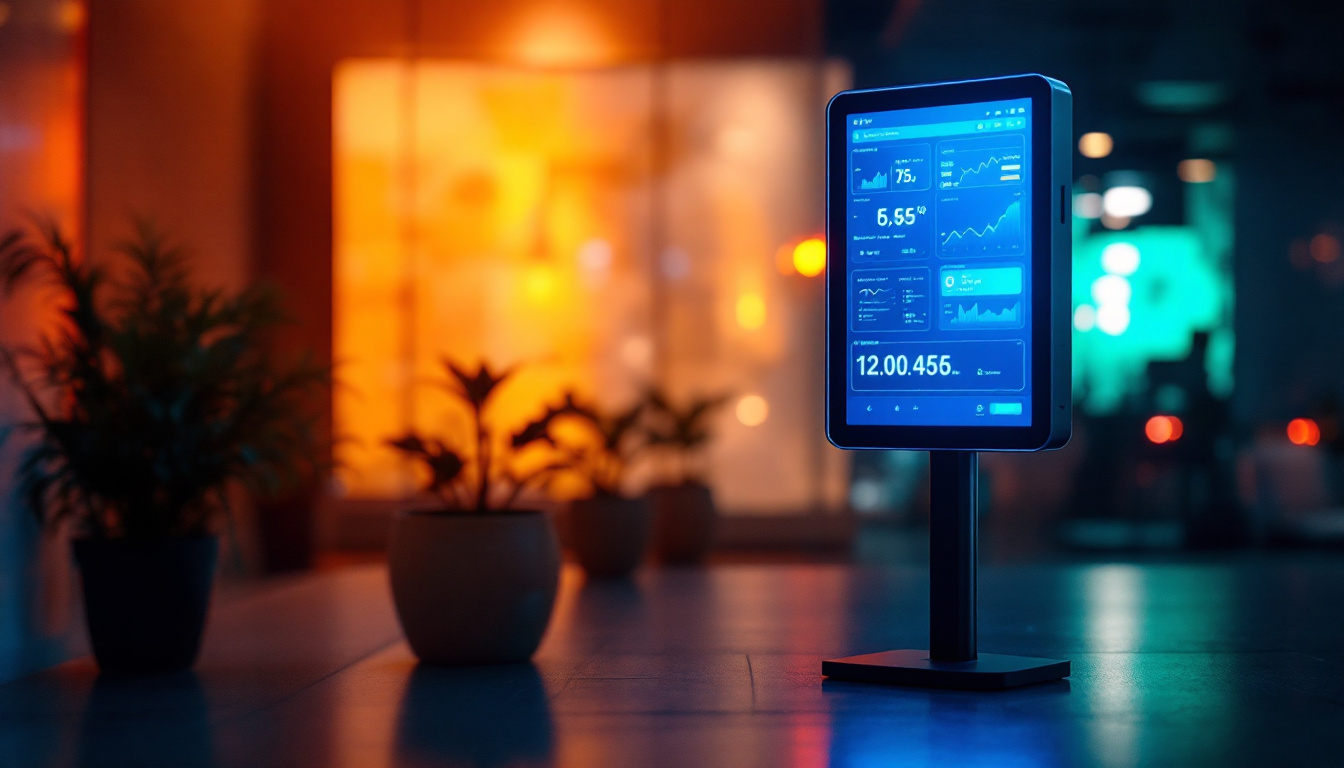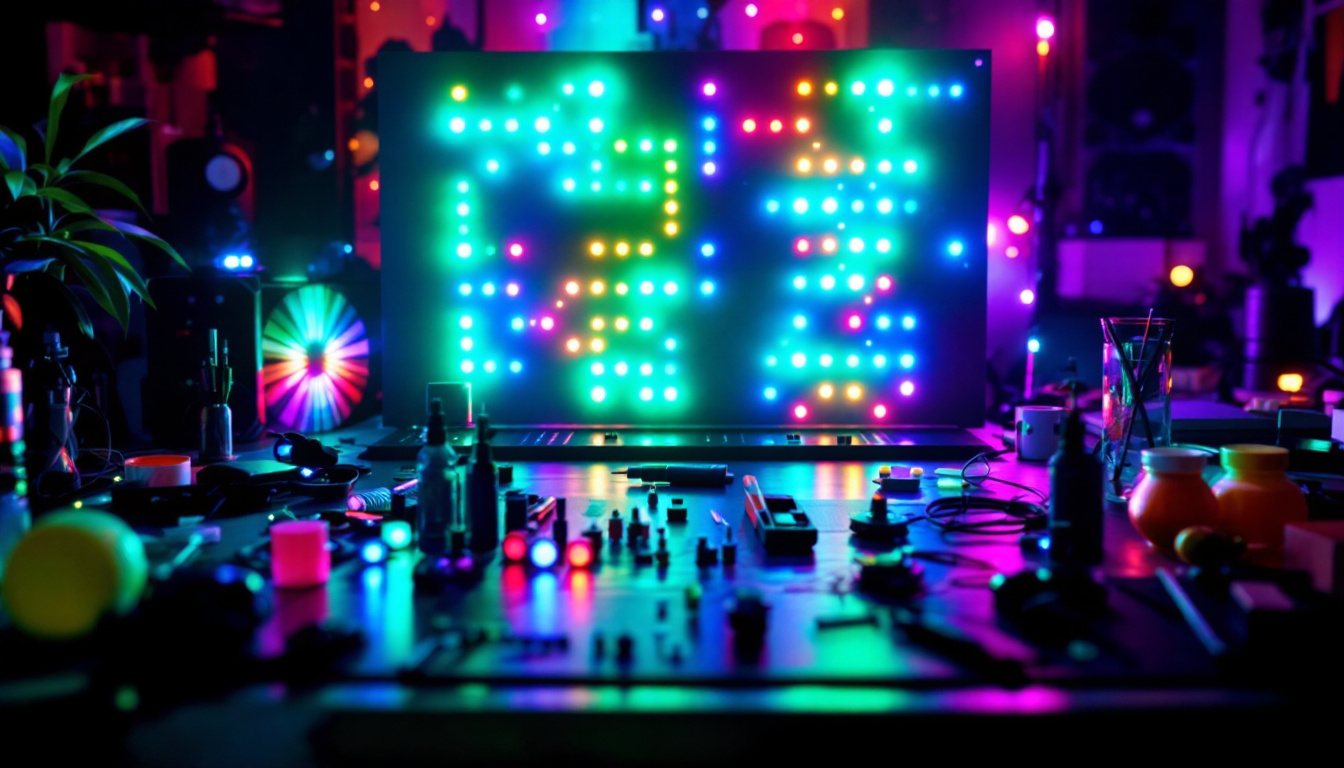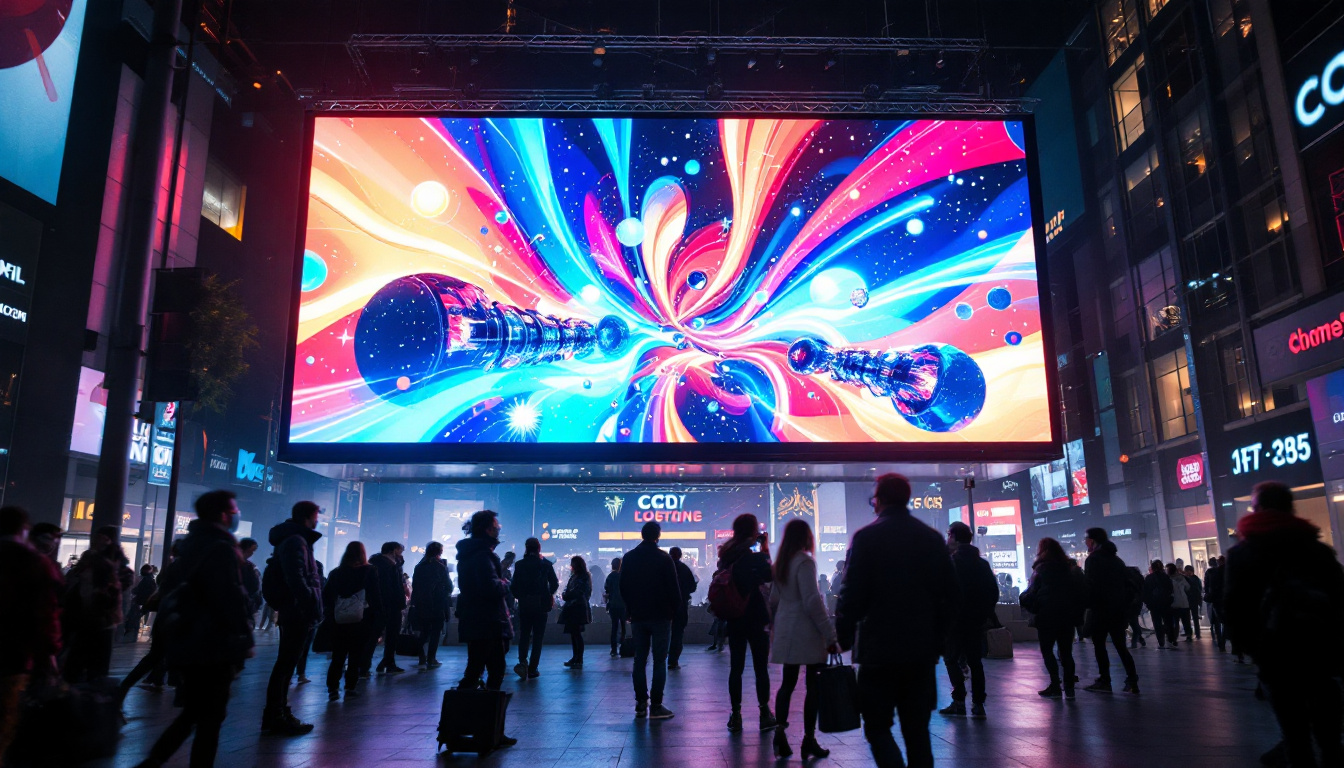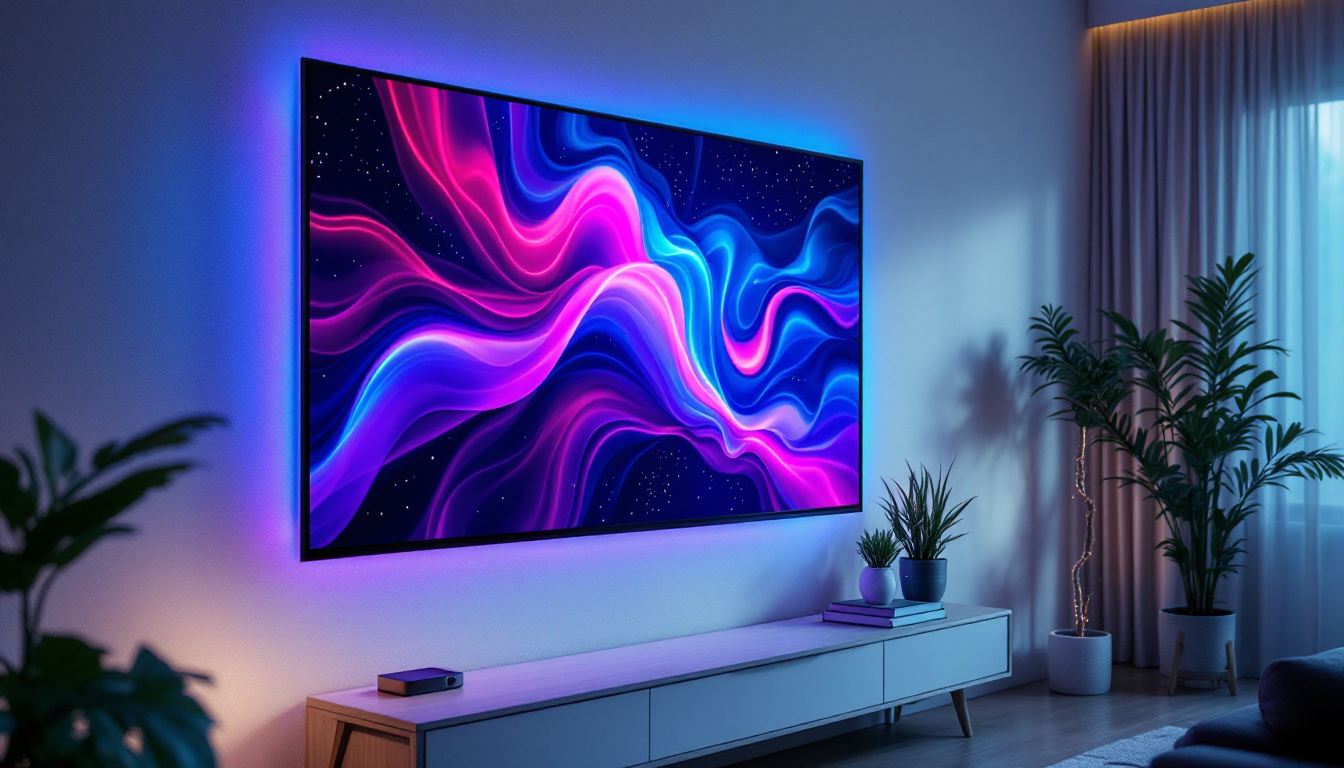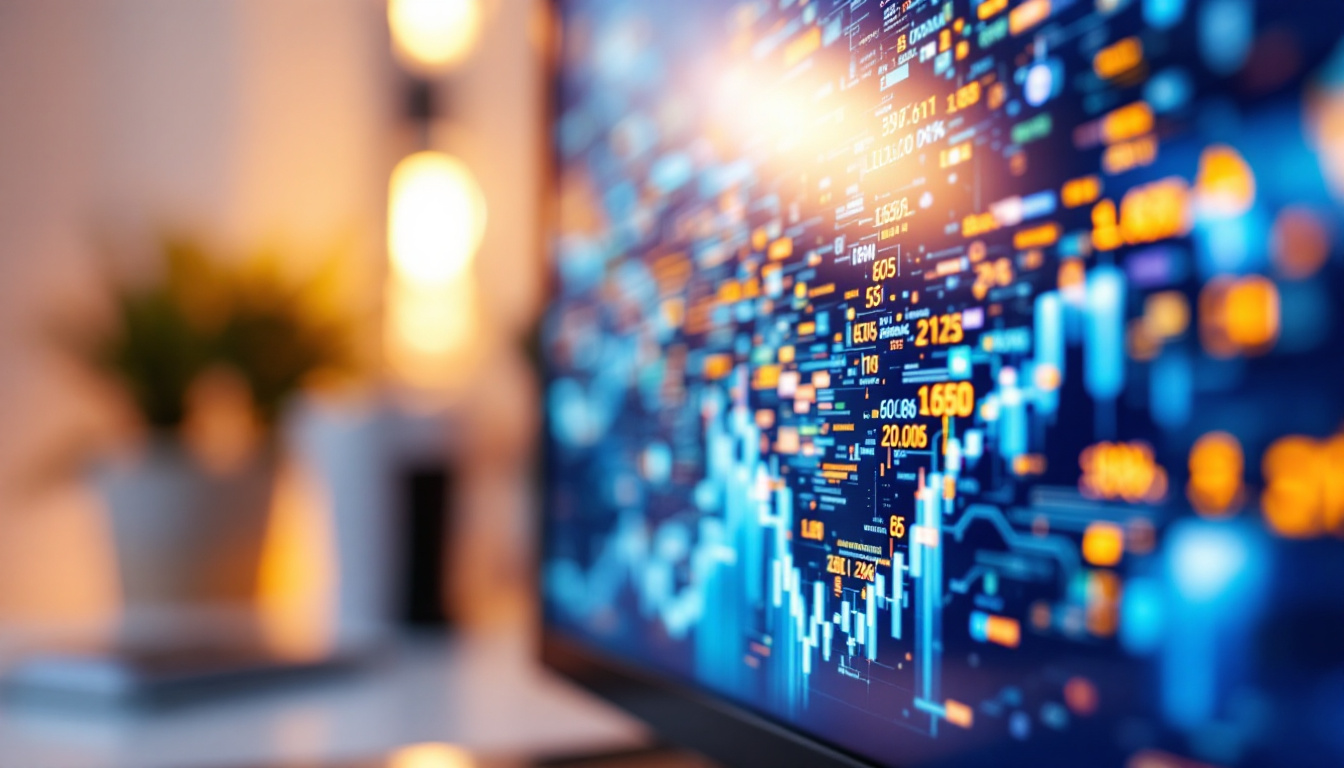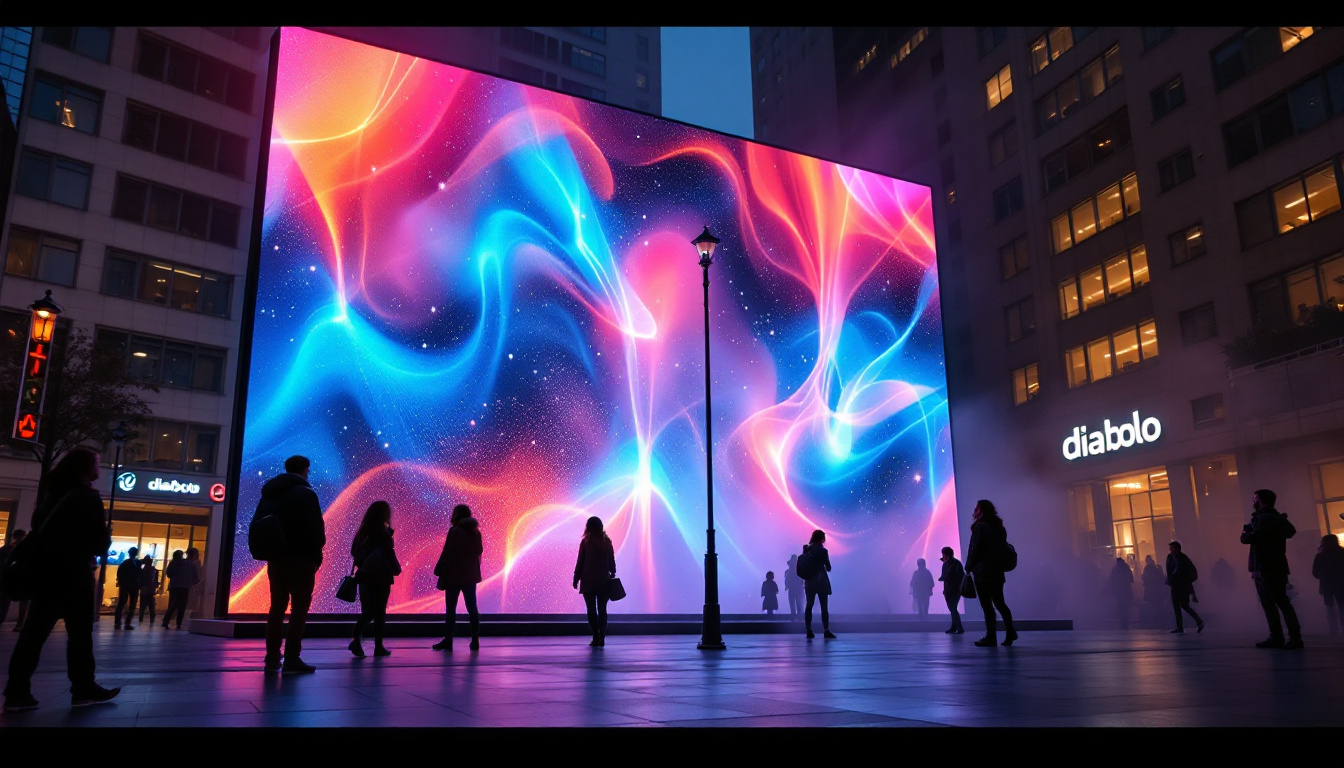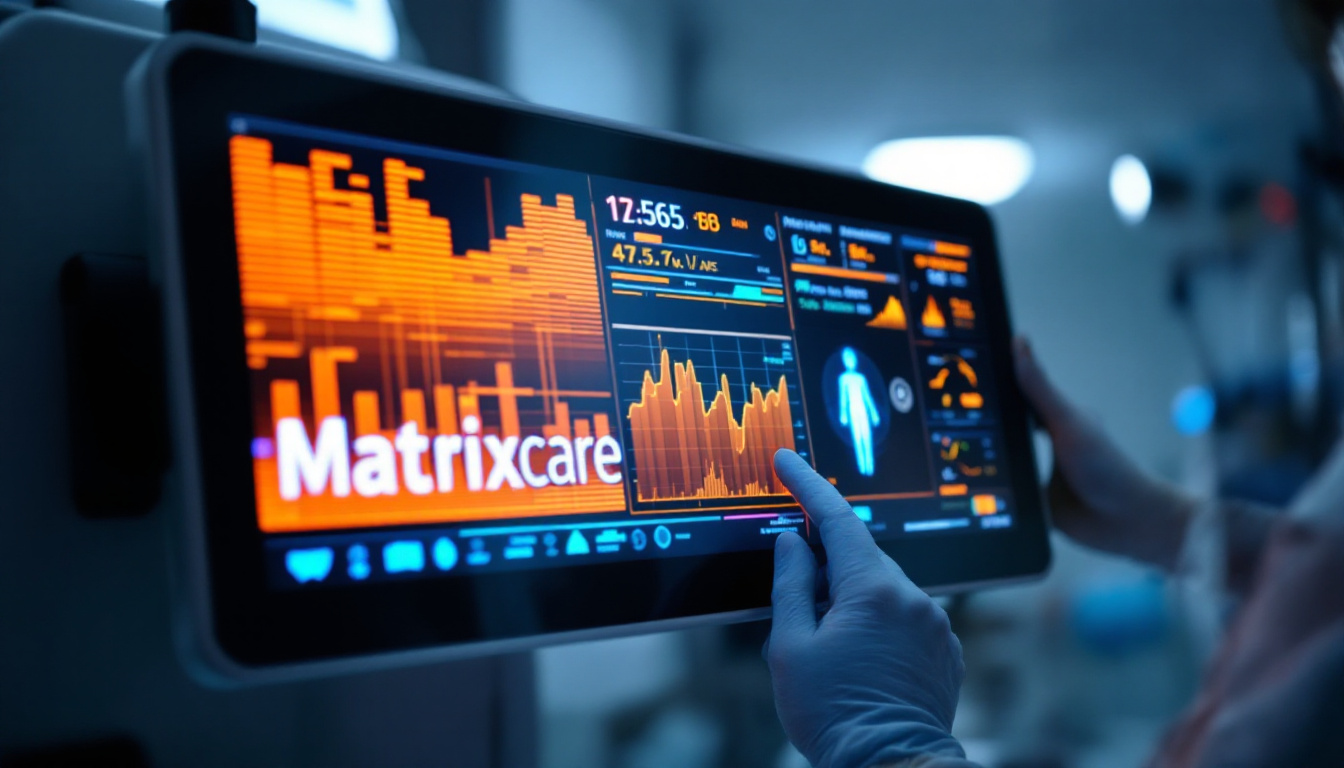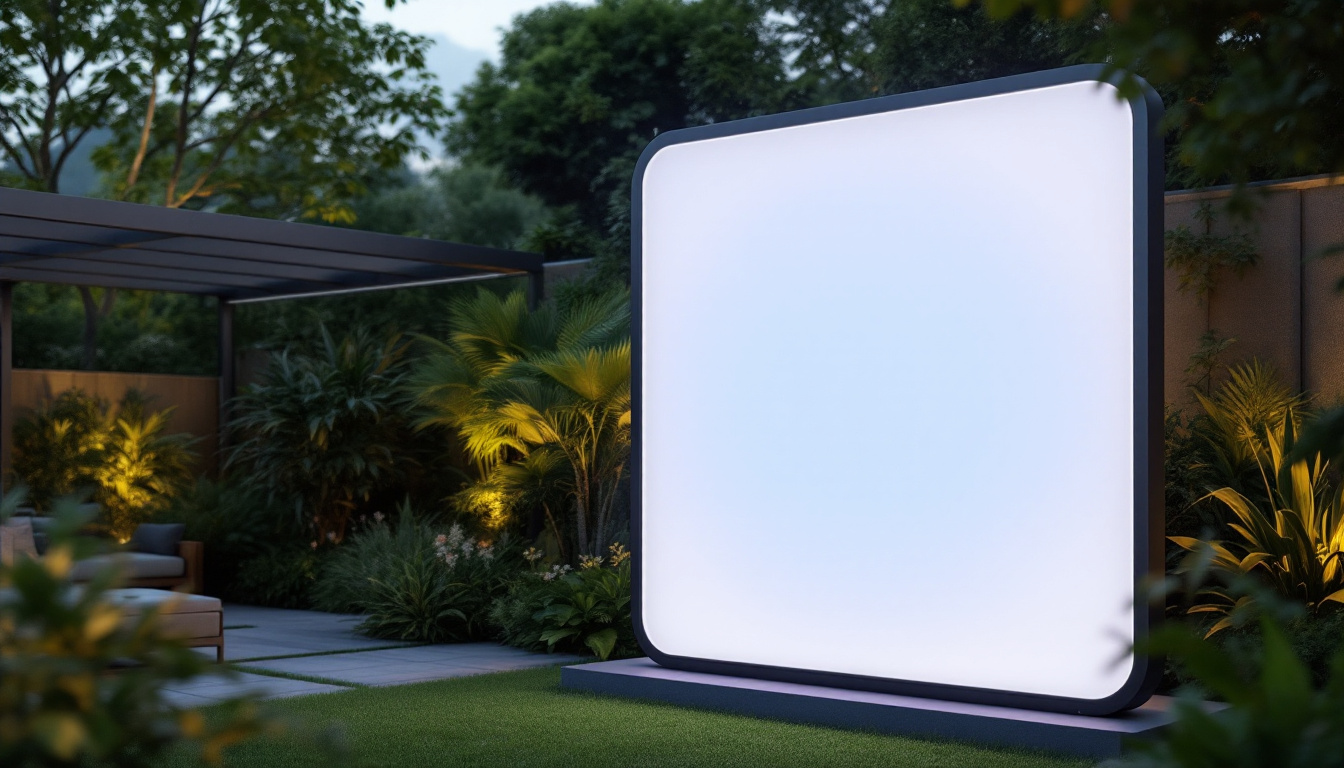In recent years, LED displays have transformed the way we experience visual content, from advertising to entertainment and beyond. These advanced technologies have become ubiquitous in our daily lives, yet many people remain unaware of the underlying principles that make LED displays so effective. This article aims to demystify LED displays, exploring their functionality, types, advantages, and applications.
Understanding LED Technology
LED, or Light Emitting Diode, is a semiconductor device that emits light when an electric current passes through it. The technology has evolved significantly since its inception, leading to a variety of applications, including LED displays. Unlike traditional display technologies, LEDs offer numerous advantages, including energy efficiency, longevity, and brightness. The shift towards LED technology has not only transformed the way we light our homes and streets but has also revolutionized the world of digital displays, making them more vibrant and energy-efficient than ever before.
The Basics of LED Operation
At the core of LED technology is the principle of electroluminescence. When electrons recombine with holes in the semiconductor material, energy is released in the form of photons, which we perceive as light. This process is highly efficient, making LEDs a preferred choice for various lighting and display applications. Unlike incandescent bulbs, which waste a significant amount of energy as heat, LEDs convert a greater percentage of electrical energy into visible light, resulting in lower energy bills and a reduced carbon footprint.
LEDs can be made from different semiconductor materials, which determines the color of the emitted light. For instance, using gallium nitride produces blue light, while gallium phosphide can produce green light. By combining different colored LEDs, it is possible to create a full spectrum of colors, enabling vibrant displays. Moreover, advancements in technology have led to the development of RGB (Red, Green, Blue) LEDs, which can mix colors in real-time, allowing for dynamic lighting effects and color-changing displays that can adapt to various environments.
Types of LED Displays
LED displays come in various forms, each tailored for specific applications. The most common types include:
- Direct View LED Displays: These displays consist of individual LED elements arranged in a grid to form images. They are often used for large outdoor screens and billboards, providing unmatched visibility even in bright sunlight due to their high luminance levels. This makes them ideal for advertising, sports events, and concerts, where capturing the audience’s attention is crucial.
- LED Backlit Displays: These displays use LEDs to illuminate an LCD panel from behind. This technology is prevalent in televisions and computer monitors, providing enhanced brightness and contrast. The backlighting can be adjusted dynamically, allowing for improved picture quality and energy savings, especially in darker environments.
- Organic LED (OLED) Displays: OLED technology utilizes organic compounds to emit light. These displays offer superior color accuracy and contrast ratios, making them ideal for high-end televisions and smartphones. Unlike traditional LED displays, OLEDs can achieve true blacks since individual pixels can be turned off completely, resulting in stunning visuals that are particularly appealing for movie enthusiasts and gamers.
In addition to these common types, there are also specialized LED displays, such as transparent LED screens and flexible LED panels, which are gaining popularity in architectural designs and innovative advertising solutions. Transparent LED displays allow for a unique blend of digital content and physical environments, creating eye-catching installations that do not obstruct views. Flexible LED panels, on the other hand, can be bent and shaped to fit various surfaces, opening up new possibilities for creative visual displays in retail and event settings.
Advantages of LED Displays
LED displays have gained popularity due to their numerous advantages over traditional display technologies. Understanding these benefits can help consumers and businesses make informed decisions when selecting display solutions.
Energy Efficiency
One of the most significant advantages of LED displays is their energy efficiency. Compared to traditional incandescent and fluorescent lighting, LEDs consume significantly less power. This not only reduces electricity bills but also contributes to a lower carbon footprint, making them an environmentally friendly option.
In commercial settings, where displays are often operational for extended periods, the energy savings can be substantial. Businesses can benefit from reduced operational costs while simultaneously promoting sustainability.
Longevity and Durability
LEDs are known for their impressive lifespan, often exceeding 50,000 hours of use. This longevity means that LED displays require less frequent replacements, reducing maintenance costs and downtime. In contrast, traditional displays may need to be replaced every few years, making LEDs a more cost-effective choice in the long run.
Additionally, LED displays are more resistant to shock and vibration, making them suitable for various environments, including outdoor settings and high-traffic areas. This durability ensures that they can withstand the rigors of everyday use without compromising performance.
Brightness and Color Quality
LED displays are renowned for their brightness, making them ideal for both indoor and outdoor applications. The ability to produce vibrant colors and high contrast ratios enhances the viewing experience, whether for advertising, entertainment, or information dissemination.
Furthermore, advanced technologies like HDR (High Dynamic Range) have been integrated into LED displays, allowing for even greater color accuracy and depth. This results in stunning visuals that captivate audiences and enhance engagement.
Applications of LED Displays
The versatility of LED displays has led to their widespread adoption across various industries. From advertising to entertainment, the applications of LED technology are vast and continually expanding.
Advertising and Marketing
One of the most prominent applications of LED displays is in advertising. Digital billboards and signage have revolutionized the way businesses promote their products and services. The dynamic nature of LED displays allows for eye-catching animations and real-time updates, making advertisements more engaging.
Businesses can easily change content remotely, enabling targeted marketing strategies that can adapt to different audiences and times of day. This flexibility enhances the effectiveness of advertising campaigns and maximizes return on investment.
Entertainment and Events
In the entertainment industry, LED displays play a crucial role in concerts, festivals, and sporting events. Large-scale LED screens provide immersive experiences for audiences, displaying live feeds, graphics, and animations that enhance the overall atmosphere.
Moreover, the compact nature of LED technology allows for creative stage designs, enabling unique visual experiences that captivate audiences. From LED walls to intricate lighting setups, the possibilities are endless.
Information Dissemination
LED displays are also widely used for information dissemination in various settings, including transportation hubs, educational institutions, and corporate environments. digital signage can provide real-time updates, schedules, and important announcements, ensuring that information is conveyed efficiently.
In airports and train stations, for example, LED displays are used to display flight and train information, helping travelers navigate their journeys with ease. In educational settings, they can be utilized for announcements and event notifications, fostering better communication within the institution.
Challenges and Considerations
While LED displays offer numerous advantages, there are also challenges and considerations that must be addressed. Understanding these factors can help organizations make informed decisions regarding their display technology.
Initial Costs
The initial investment for LED displays can be higher than traditional display technologies. While the long-term savings in energy and maintenance costs are significant, organizations must consider their budget when making a decision. It’s essential to evaluate the total cost of ownership, factoring in both initial costs and ongoing expenses.
For some businesses, financing options or leasing arrangements may be available, allowing them to spread the costs over time while still benefiting from the advantages of LED technology.
Heat Management
LED displays generate heat during operation, which can impact performance and longevity if not properly managed. Adequate heat dissipation mechanisms must be in place to ensure that the display operates within optimal temperature ranges.
In outdoor settings, exposure to direct sunlight can exacerbate heat issues, necessitating the use of cooling systems or protective enclosures. Organizations should work with experienced professionals to design and install LED displays that account for heat management.
Viewing Angles and Distance
Another consideration when deploying LED displays is the viewing angle and distance. The pixel pitch, or the distance between individual pixels, plays a critical role in determining how close viewers can be to the display without experiencing a loss in image quality.
For outdoor displays, a larger pixel pitch may be acceptable, while indoor displays may require a finer pitch for optimal viewing. Understanding the intended audience and viewing conditions is crucial for selecting the right LED display for a specific application.
The Future of LED Displays
The future of LED displays looks promising, with ongoing advancements in technology and applications. As the demand for high-quality visual content continues to grow, manufacturers are innovating to enhance performance and expand capabilities.
Emerging Technologies
One of the most exciting developments in LED technology is the advent of MicroLED displays. These displays use microscopic LEDs to create images, offering superior brightness, color accuracy, and energy efficiency. MicroLED technology has the potential to revolutionize the display industry, providing new possibilities for consumer electronics, signage, and more.
Additionally, advancements in flexible LED technology are paving the way for displays that can be bent and shaped to fit various applications. This flexibility opens up creative opportunities for designers and engineers, enabling unique installations that were previously unimaginable.
Sustainability Initiatives
As sustainability becomes a priority for businesses and consumers alike, LED manufacturers are focusing on environmentally friendly practices. This includes the development of recyclable materials, energy-efficient production processes, and initiatives to reduce waste.
By prioritizing sustainability, the LED industry can contribute to a greener future while meeting the growing demand for energy-efficient solutions.
Integration with Smart Technologies
The integration of LED displays with smart technologies is another trend that is gaining traction. From IoT (Internet of Things) connectivity to AI-driven content management systems, the ability to control and monitor displays remotely is becoming increasingly important.
This integration allows for real-time updates, data analytics, and enhanced user experiences, making LED displays an integral part of smart cities and connected environments.
Conclusion
LED displays have revolutionized the way visual content is presented and consumed. Their energy efficiency, longevity, and vibrant color quality make them a preferred choice across various industries, from advertising to entertainment and information dissemination.
While there are challenges to consider, the ongoing advancements in LED technology promise to address these issues and expand the possibilities for future applications. As the industry continues to evolve, LED displays will undoubtedly play a crucial role in shaping the visual landscape of tomorrow.
Illuminate Your Space with LumenMatrix
Ready to elevate your visual experience with the latest in LED display technology? Discover LumenMatrix’s comprehensive range of innovative LED solutions, from Indoor and Outdoor LED Wall Displays to specialized options like Vehicle LED Displays and LED Sports Displays. Whether you’re looking to create a dynamic retail environment, an engaging sports arena, or a custom visual installation, LumenMatrix is your partner in revolutionizing visual communication. Check out LumenMatrix LED Display Solutions today and transform your space into a captivating showcase of clarity and color.

